Text:
Art is flexible and adaptable, reflecting our minds. The best media for the moment will present itself..Our bodies are fragile, and eventually we all will lose ability. Should the artist somehow become limited, there is surely another art waiting to be practiced. Art is accessible, allowing for modifications in technique and to adapt to change.
On modernism
It’s easy to forget the impact art has on our lives. We’re trapped in a world of images, everything is art. We can’t escape experiences designed to maximize our attention, to engage us longer, to commodify our time and energy without our knowledge or control. Art has a power to legitimize, to amplify, and to destroy. Commercial art and fine art are blending, the commercial aspect of art looming even greater over the artist. When art is a commodity, and the art object is the key to continuously work, our minds are what become the most valuable asset we have. What separates artists from others? Is it simply intentionality? Is it institutional recognition and support from those more talented (read: connected) than us?
Milton Glaser, in his piece Some Thoughts on Modernism, “A corporation can represent itself through the vehicle of Modernism as being progressive and above the human squabble without ever having to deal with human sweat. If we look at history, it is not surprising that the utopian ideals of Modernism would be captured by people who want to use it for their own purposes.”
Perhaps that’s why, when adjusted for inflation, purchasing power of today’s workers has not changed in 40 years. It is indeed utopia for corporations in America.
Maybe it’s no coincidence that the generation that has caused the most damage to our society economically (the boomers) grew up witnessing Modernist imagery in every facet of their lives.
The clean presentation obscured the messy reality of being a human on this planet. So they cut taxes, cut regulations, and cut benefits to people in favor of corporate welfare. It’s also the same period of time cited by those who wish to make our country “great again” — a return to the fifties and sixties when women were meant to be behind their husbands, people of color were forced into separate facilities, and queer people were silent for fear of death or physical violence. What is it about this period that seems so attractive to people? But yeah, I mean, design was great!
No generation is truly to blame for our culture’s collective belief in the holy corporation and our addiction to capitalistic materialism. Those values have been in the works for a hundred years before the boomers were even born. But I’d argue that modernist design lulled people into an unfounded and false sense of order to the world around them. We have increasingly become subordinate to the desires of corporate shareholders, quarterly earnings reports, vulture capitalists, and wall street financiers.
Employees are increasingly just cogs in a vast machine that is often too big to control. Corporations have amassed so much wealth and power that the death of one of these companies sets the whole market into tumult. And since money is speech, they essentially have unlimited pocketbooks to further entrench their power. And they can pay for whatever image they want on top of all that.
I long for a messy, human-centered design on a large scale. Design that resembles our lives. I don’t expect it to change the world, but perhaps to just remind us of what the world really is like, rather than further obscuring reality. I’m growing very weary of “slick” design, because nothing in our lives is slick these days. It’s all a mess.
The world is crumbling and burning around us. The corporations that value Modernist design philosophy are slowly destroying our livelihoods through monopsony, monopolies, price gouging, and wage deflation, or poisoning us with their products. We love slick packaging and associate prosperity with brands and merchandise. In this way, the utopian vision of society that inspired Modernism has turned into a dystopian state where we’re all subservient to America’s number one constituent: corporations.
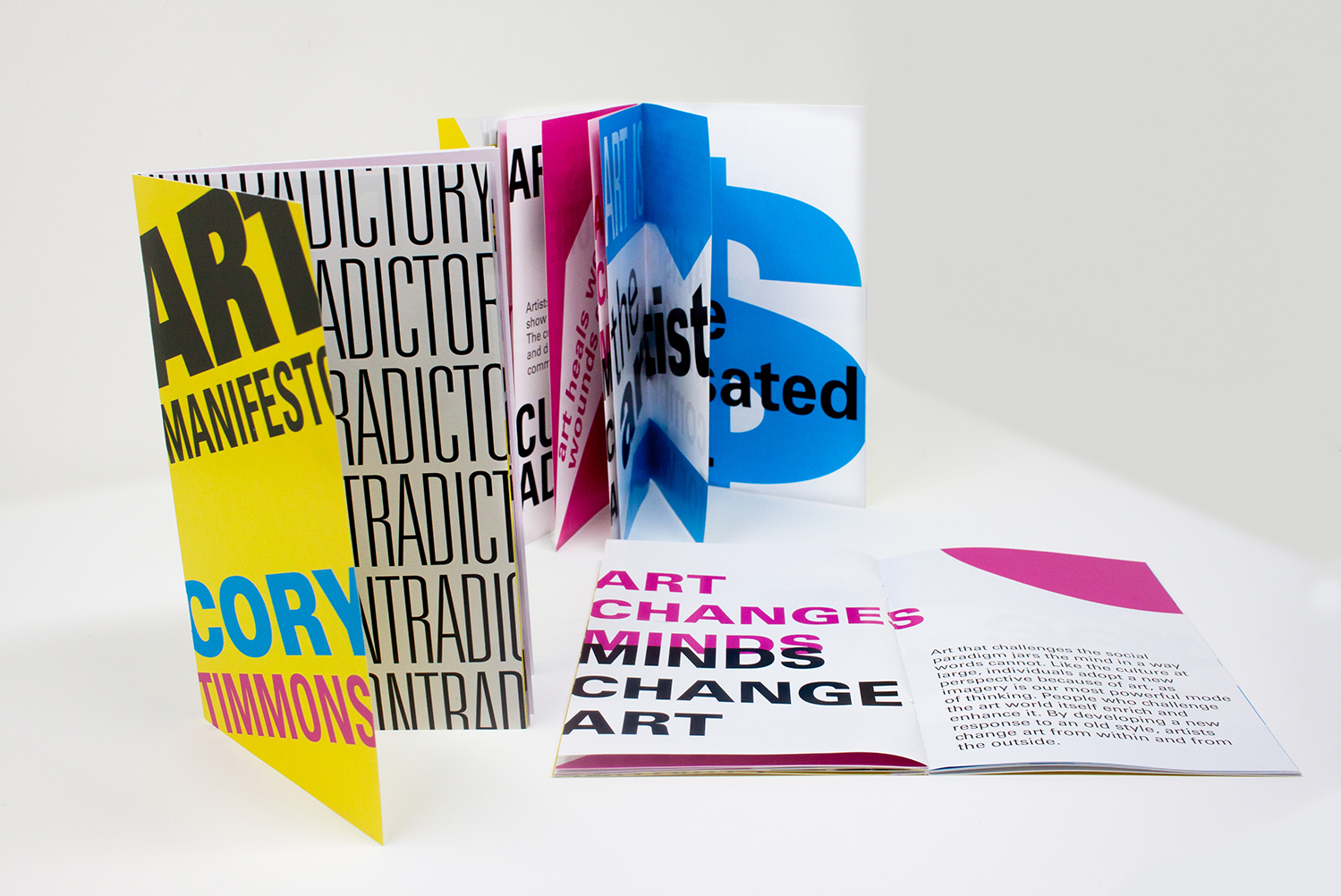
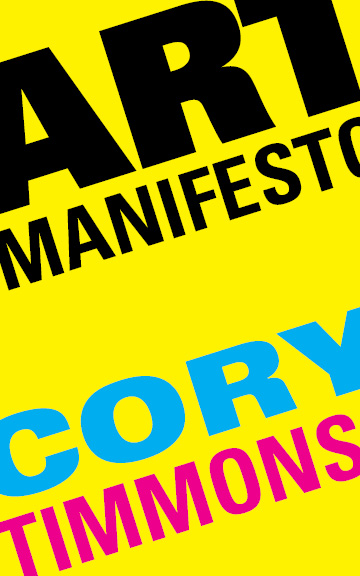
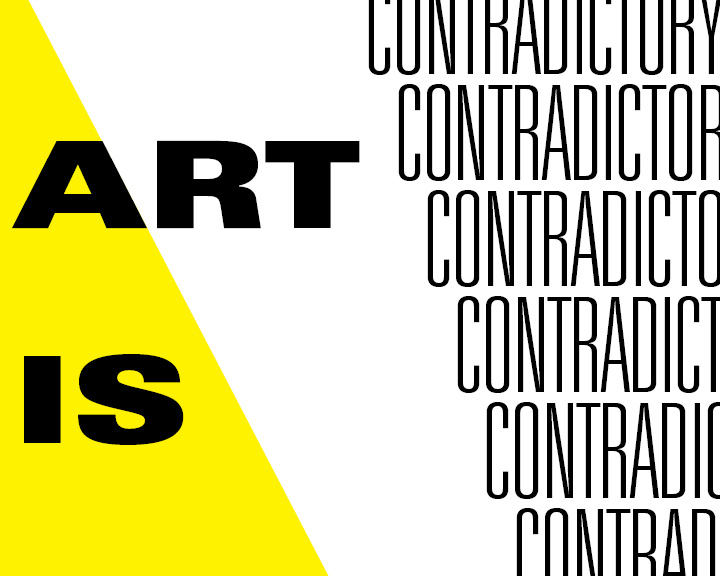
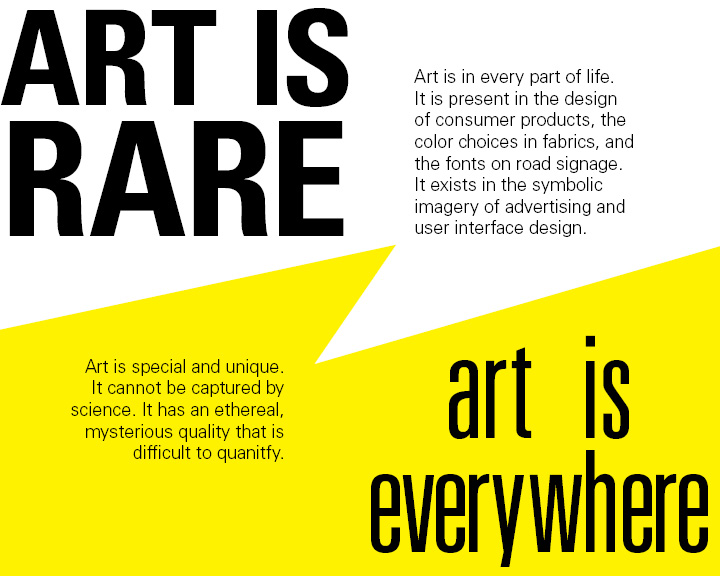
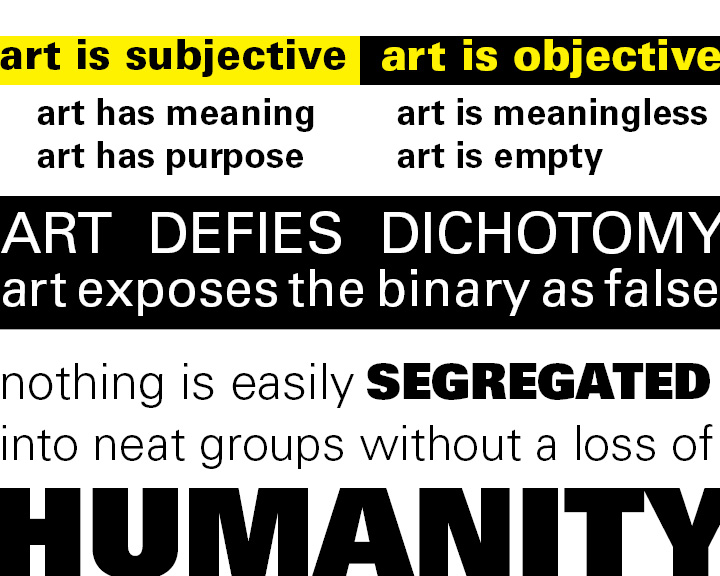
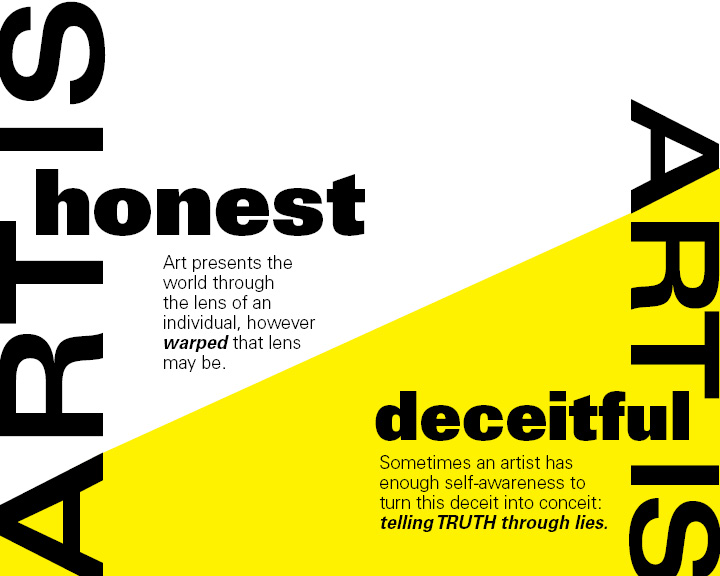
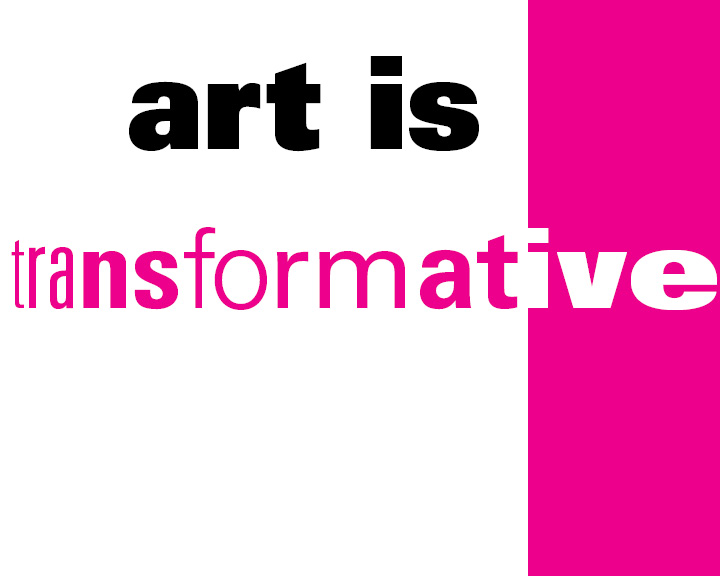
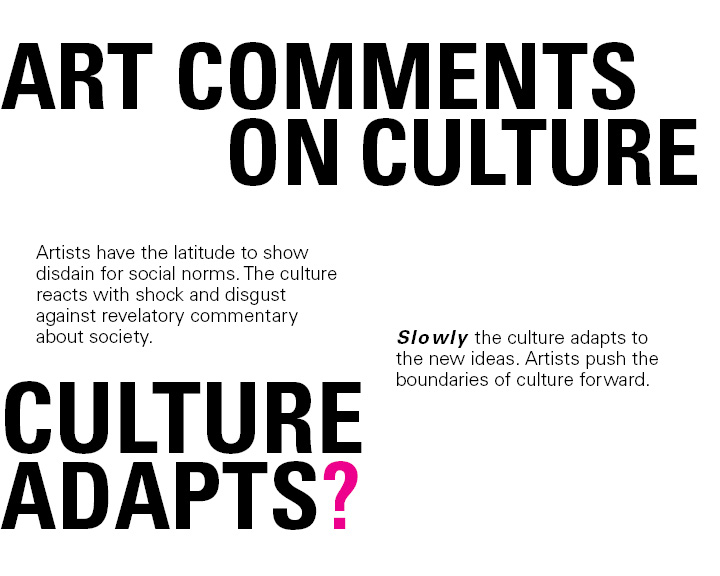

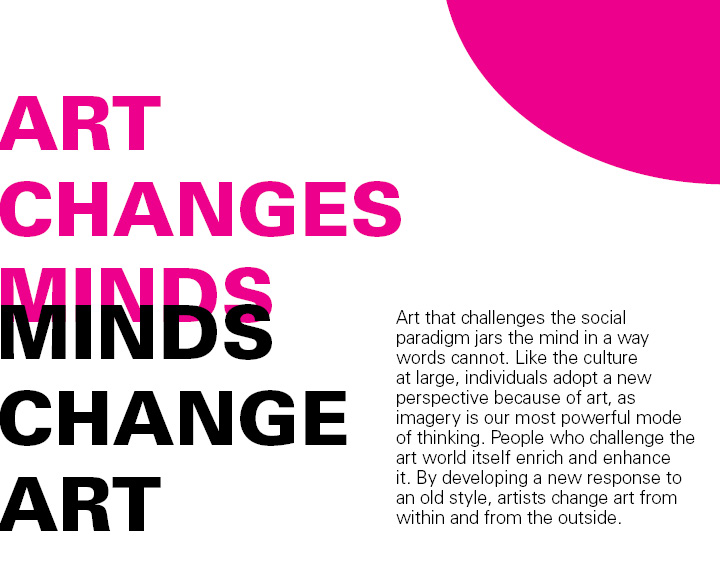
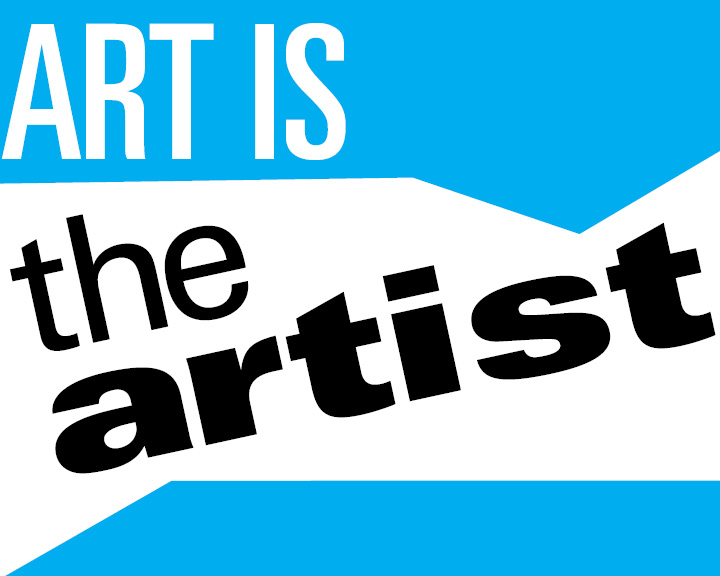
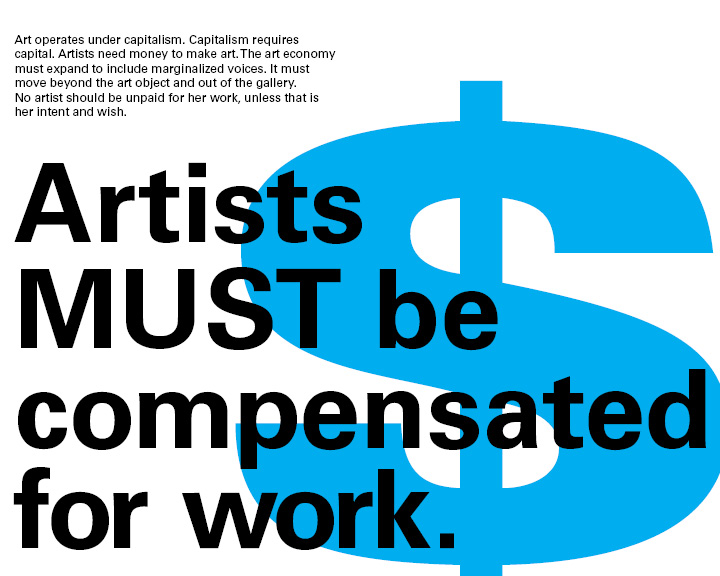
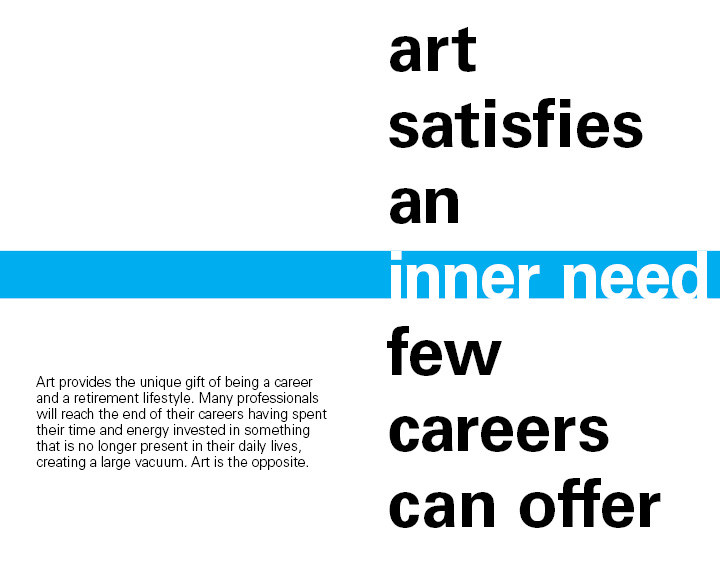
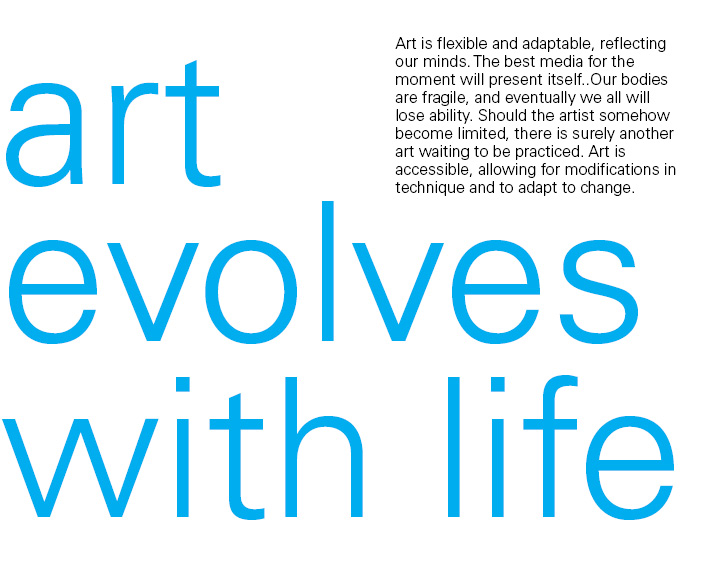
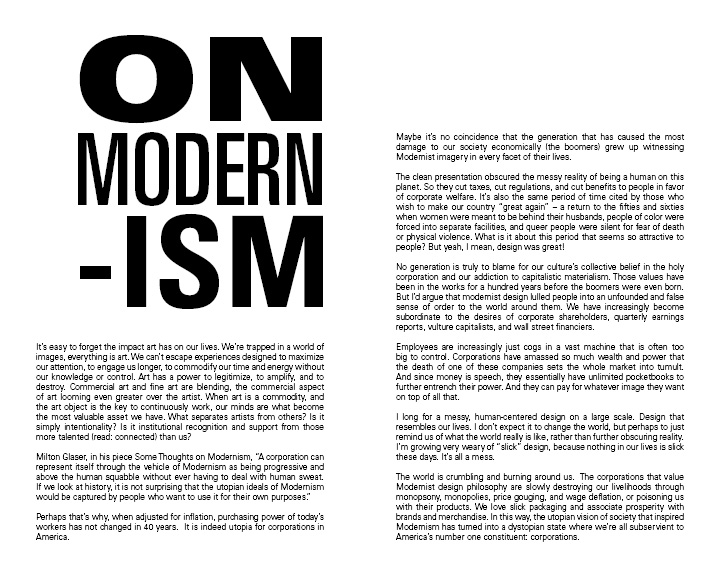
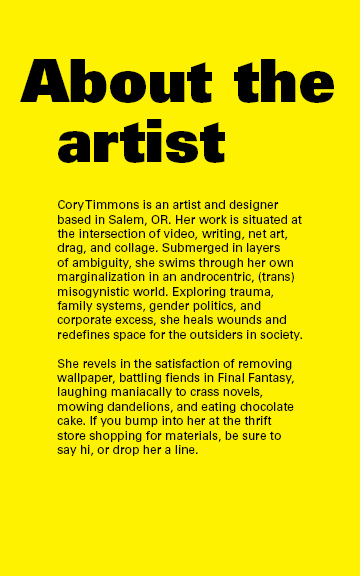
1 thought on “Art Manifesto”
Comments are closed.